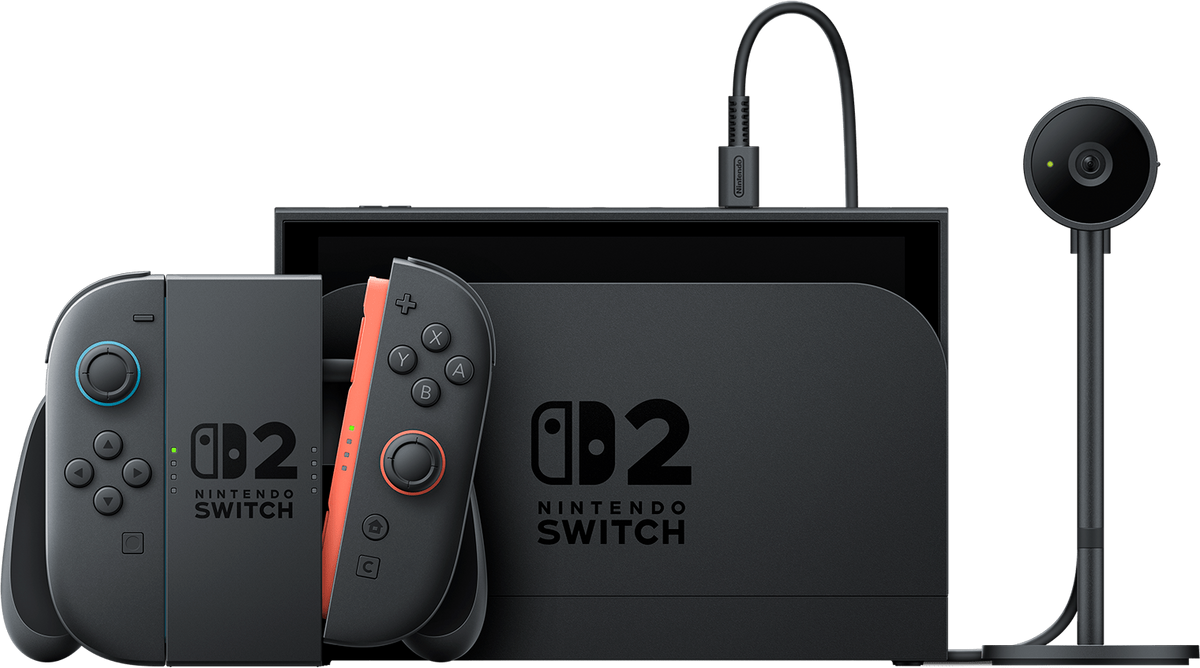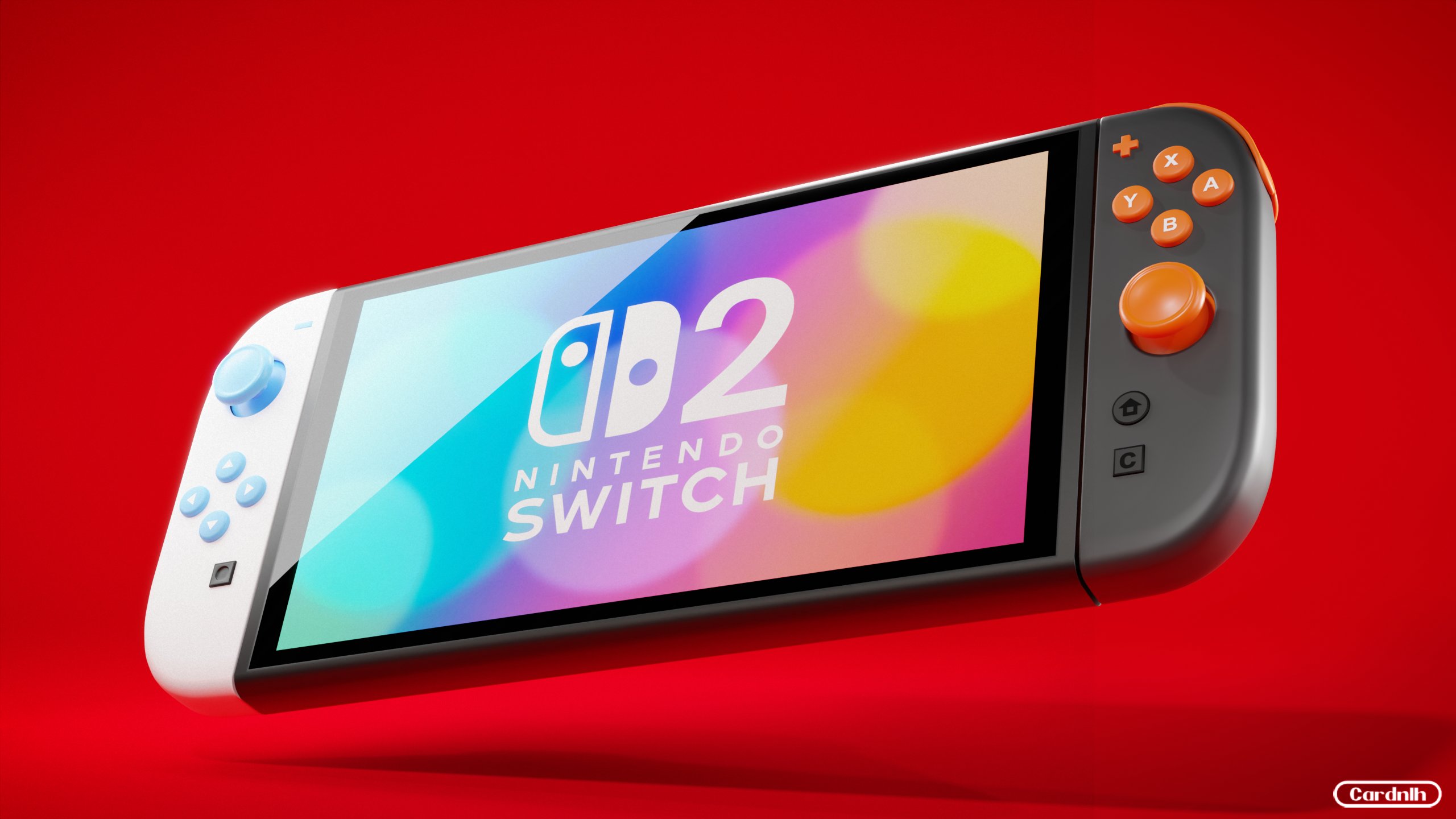A New Era or a Familiar Tune?
After years of speculation, wishful rumors, and blurry leaks, the Nintendo Switch 2 has finally docked. Nintendo's follow-up to its wildly successful hybrid console isn't a radical reinvention, but rather a confident evolution. Think Super Nintendo after the NES, was not quite a revolution, but a meaningful leap forward.

Hardware Boosts: Faster, Brighter, Longer
At the heart of the Switch 2 lies a custom NVIDIA chip built on modern architecture. The performance bump is immediately noticeable: faster load times, higher frame rates, and significantly reduced stutter in open-world games like Zelda: Echoes of the Wild.
Comparison Table
| Feature | Switch (2017) | Switch 2 (2025) |
|---|---|---|
| Display | 6.2" LCD, 720p | 7.9" LCD, 1080p |
| Battery Life | 4.5–9 hours | 6–12 hours |
| CPU/GPU | Tegra X1 | Custom NVIDIA Orin Lite |
| Storage | 32 GB | 128 GB |
| Dock Output | 1080p | 4K upscaling |
The OLED screen is a true showstopper. Colors pop, blacks are deep, and it makes handheld gaming feel premium. It’s not quite Steam Deck-level power, but Nintendo's magic lies in efficiency, not brute force.
For longtime handheld fans, the upgraded battery and OLED combo might be the most meaningful improvement—it makes games look better and last longer.

New Features: Small Touches, Big Difference
Nintendo isn't trying to compete with Sony or Microsoft in the arms race of teraflops. Instead, the Switch 2 introduces thoughtful upgrades:
- Haptic feedback Joy-Cons: More precise than ever, now closer to the feel of a PS5 DualSense.
- Magnetic docking: No more fiddling with a tight port—just drop it in.
- Backwards compatibility: All original Switch games are playable, some even get performance boosts.
- Unified Nintendo Account: Your library and saves sync across devices.
These features may not headline a press conference, but they drastically improve daily use.
First Impressions: Smooth Sailing
Early gameplay impressions are glowing. Metroid Prime 4 runs at a steady 60fps docked, and Mario Kart X loads tracks nearly instantly. The user interface is snappier, and the eShop finally feels responsive.

The hybrid design remains intact, but everything is tighter, more seamless. Joy-Con drift hasn't been eradicated, but internal improvements suggest better durability.
The Catch: Still Some Old Nintendo Habits
While the Switch 2 is a worthy upgrade, it’s not without criticism:
- $399 price tag feels steep for a Nintendo console.
- Accessory compatibility is hit-or-miss (older docks may not support 4K).
- Online services still lag behind the competition.
Nintendo’s online voice chat situation remains awkward (still app-based!), and cloud saves aren’t universal.

Final Thoughts: A Smart Sequel, Not a Game Changer
The Nintendo Switch 2 doesn't rewrite the hybrid rulebook—it refines it. It’s the best way to play Nintendo games right now, and for many, that’s enough. If you skipped the OLED upgrade or are craving better performance, this is the Switch you've been waiting for.
It may not rival the graphical horsepower of its competitors, but it doesn’t need to. Nintendo's games are its real selling point, and now they shine brighter than ever.
Hot take: Nintendo never needed to chase specs. They just needed to respect their audience's time and expectations—and with the Switch 2, they mostly do.






Comienza la conversación